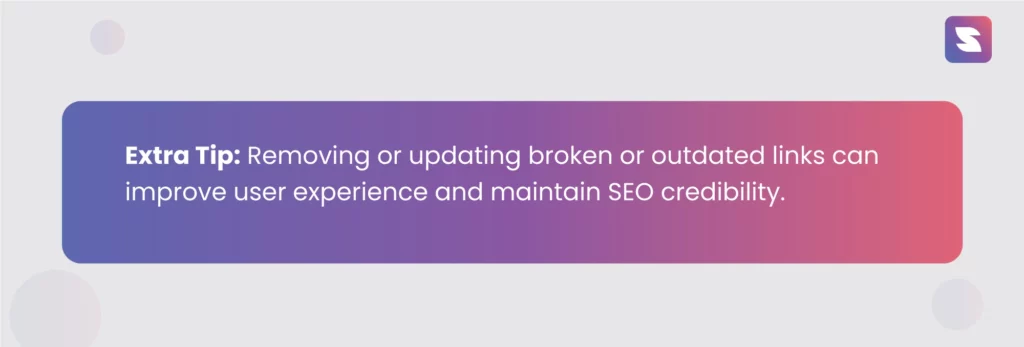Only $99 for a full year!
No credit card required
Rank on Google's first page in 3 months
Optimize Your Website With Content Pruning
Jul 05, 2024 | prashant@growth.cxIs your website underperforming despite consistent updates? You might be missing a hidden problem: cluttered content.
A website overloaded with outdated or irrelevant content can drag down its overall performance. Here’s where Content Pruning comes in. It’s a process of removing outdated, duplicate, or underperforming content to make way for new, SEO-friendly pieces.
Studies show that content pruning can lead to a 20-30% increase in organic traffic – so it’s a compelling reason to consider this approach.
In this blog, we’ll guide you through content pruning and its benefits, as well as identify which pages to prune with a content marketing tool and to them.
What is Content Pruning?
The term pruning refers to cutting back or trimming (in gardening).
Content pruning comes with the same logic.
Content pruning is reviewing a website’s content and removing pieces that no longer serve a useful purpose. This involves updating articles with outdated information, removing posts no one reads, or reducing several similar articles into a single piece. Think of it as cleaning up your content to ensure that everything visible is useful, relevant, and engaging.
The key is not to delete old content but to strategically decide which content still benefits your readers and your site’s health. It’s not about having less content; it’s about having content that works harder for you.
Benefits of Content Pruning For SEO
Content pruning not only updates your website content but also helps your website SEO. Here’s how it benefits your website and your targeted audience:
- Improved User Experience
By pruning content, you simplify the user experience. This makes it easier for your targeted visitors to navigate your site and find valuable, up-to-date information. A fresh and well-organized website encourages visitors to stay longer and explore more, which directly improves engagement and satisfaction.
- SEO Performance
Search engines aim to provide all users with quality content. When your site is cluttered with outdated or low-quality content, it can hurt your rankings. By content pruning, you increase the density of high-quality, relevant content that is SEO-friendly.
- Content Effectiveness
Content pruning lets your relevant content shine brighter by eliminating distractions. This means your high-performing content gets more visibility and can drive more conversions. You can identify which types of website content perform best and why, guiding your forthcoming content strategies.
- Website Health
Websites with outdated content can slow down site performance and make maintenance difficult. By this stratgey you lighten the load on your servers, which can improve the page load times of your website.
- Brand Authority
Irrelevant or outdated content can make your brand look disorganized. By content pruning, you ensure that your brand is always represented by fresh, relevant, and engaging content.
How Often Should You Prune Your Website Content?
There isn’t a one-size-fits-all answer, as the proper schedule depends on several factors like,
- Website Content Load
If you’re constantly adding new posts or if your website is large, consider pruning every three to six months to keep things fresh and relevant. For smaller websites, once a year is enough.
- Changes in Industry Trends
If your business trends change fast, you have to prune content more frequently. You can then ensure all your articles, guides, and posts remain relevant and accurate.
- Check Website Performance
Use SEO tools to monitor your website content’s performance. If traffic drops or engagement falls, it is time for content pruning.
- Business Changes
Major updates like a rebrand or new product launches are perfect times for a thorough review and prune.
Step-by-Step Guide to Content Pruning
Pruning your website content doesn’t have to be a daunting task. With a structured approach, you can efficiently and effectively trim the excess, leaving a streamlined, high-performing website.
Here’s a simple guide to get you started on content pruning with a single content marketing tool:
1. Content Listing
The first step before you start content pruning is listing all your website content. Use a web analytics tool to gather all the data in one place. Create a spreadsheet with the URLs, page views, engagement, and bounce rates.
You can remove unwanted URLs from this sheet, as you will get only pages that you need to update. Having this information in an easy-to-access sheet will help you evaluate your website’s content effectively. You can include metrics like,
- Type of Content
- Topic of Content
- Page Views
- Bounce Rates
- Conversion Rates
- Page Authority
- Inbound Links
- Publication Date

2. Website Content Audit
Next, you need to do a thorough content audit for your website.
Use a content marketing tool like SuiteJar for this task because manually identifying website content issues one by one is exhausting and time-consuming.
With SuiteJar, you only need the “First Page Ranker” feature, which identifies the content that needs to be updated. As a bonus, you’ll also get valuable insights. You can simply integrate your GSC account with this tool and get all the content details that you want.
You will get the total pages, those pages to be updated, current traffic, projected traffic, total impressions, and total keywords.

Then below you will know the pages that need to be updated in the priority order. this includes their average position, organic traffic, keywords that need to be indexed, and the bonus point ‘see the insights’.

You can use these insights in updating your website content. It will give you the single page impression, organic traffic, and keywords that are ranking in SERP pages.
Also, the ranking keywords with their volume and impression, the secondary keywords, and other key recommendations. You can add these insights to your initial sheet, allowing you to view everything in one place easily. This way, you can seamlessly proceed with the content pruning process for your website.

This single content marketing feature helps you eliminate the need for:
- Evaluating low-performing content separately
- Identifying issues with each page one by one
- Deciding what to do with outdated content
- And more
These tasks can be exhausting as you must focus on each page and its issues individually and then record everything in a spreadsheet. SuiteJar simplifies all these processes into a single, affordable feature, saving you time and effort.

Conclusion
Remember, it’s not about how much content you have but the quality and relevance of that content. you can implement the steps in this guide, and watch your website SEO growth. Stay dedicated to regular pruning and updating your outdated content to create a healthier, more traffic-driven website.

